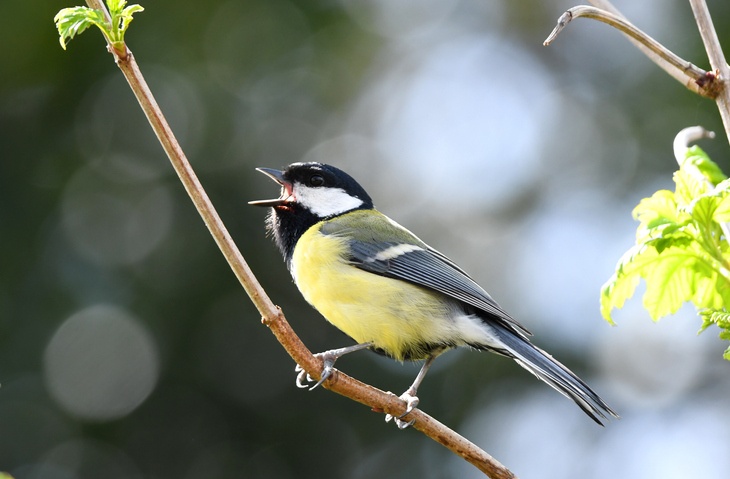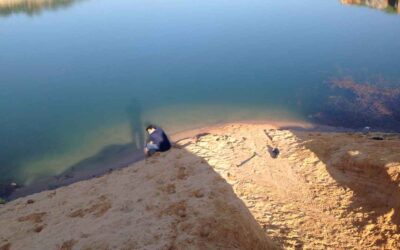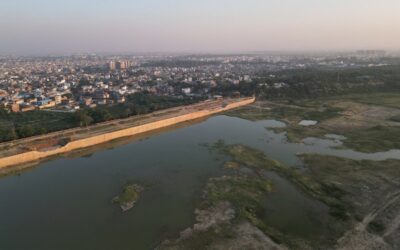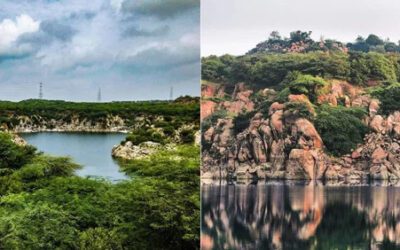The recent sighting of chital (spotted deer) near Badkhal Lake in Faridabad’s Aravalli hills has brought a wave of optimism to conservationists and nature lovers. After decades of decline caused by mining and unchecked urbanisation, the Aravalis are slowly bouncing back as a wildlife revival corridor. Alongside the graceful deer, a variety of bird species are returning, painting a hopeful picture of ecological renewal in this once-degraded landscape.
Chital Comeback: A Symbol of Healing
The chital, with its white-spotted coat and gentle presence, was once common in the Aravalis. However, reckless mining, deforestation, and rapid construction during the late 20th century pushed these deer out of the Faridabad region. A 2017 survey by the Wildlife Revival Institute of India even recorded a near-total disappearance of large mammals from the area.
That’s why the August 2025 sighting of a group of seven to eight chital grazing near Badkhal Lake is so significant. It marks their first recorded appearance in decades.
Experts say this Wildlife revival has been made possible by deliberate efforts: reduced mining activity, removal of illegal structures, and restoration of native vegetation. Badkhal’s location along the corridor that connects the Aravalis to Delhi’s Asola–Bhatti Sanctuary and Ridge forests has also been critical, giving wildlife Revival a safe passage between habitats.

Birdlife: A Chorus of Return
The Aravalis wildlife revival are not just welcoming mammals back—they are buzzing and chirping with birdlife once again. Haryana, which already hosts over 650 bird species, is witnessing an impressive mix of resident and migratory birds returning to Badkhal’s wetlands and forests.
Among the regulars are stork-billed kingfishers, parakeets, bulbuls, purple sunbirds, spotted munias, and blue peafowls. In winter, migratory ducks such as pintails, mallards, gadwalls, shovellers, and the striking Brahminy ducks can be seen at the lake. Larger species like sarus cranes, black-necked storks, and even red-headed vultures have also been observed, adding to the biodiversity richness.
For birdwatchers and ecologists alike, Badkhal Lake has once again become a hotspot for documenting avian diversity.

Conservation Efforts Driving the Change
This wildlife revival hasn’t happened by chance. Over the last few years, multiple conservation projects have targeted the Aravalis for ecological healing:
- Native Flora Restoration: Indigenous trees like dhau and babul are being replanted, while invasive species are being controlled.
- Technology for Monitoring: Camera traps and drones are being used to track wildlife Revival movement and study habitat use.
- Aravalli Green Wall Initiative: A large-scale plan to restore over one million hectares of degraded land, creating a green barrier that prevents desertification and enhances biodiversity.
- Protection of Corridors: Forest patches are being connected to allow free movement of species, reducing the risk of habitat fragmentation.
Despite these gains, experts stress that continued vigilance is essential. Encroachments, pollution, and urban pressure remain threats that need strong legal and community safeguards.
Musical Fountain & Laser Show: Will It Really Change Tourism at Badkhal?
Why Badkhal, Aravalis Corridor Matters
The Badkhal landscape is more than a picturesque green patch, it is a critical link in the Northern Aravalli Wildlife revival Corridor. This chain connects major ecological zones such as Sariska Tiger Reserve, Mangar Bani, Asola–Bhatti Wildlife Revival Sanctuary, and the Delhi Ridge.
Together, these green spaces form lifelines for leopards, jackals, chital, and migratory birds. These Wildlife Revival also serve as natural buffers against the twin threats of desertification and climate change, while providing cleaner air and groundwater recharge to the National Capital Region (NCR).




